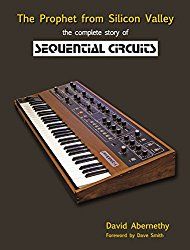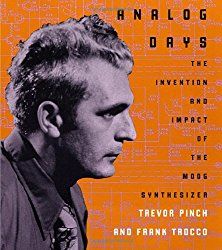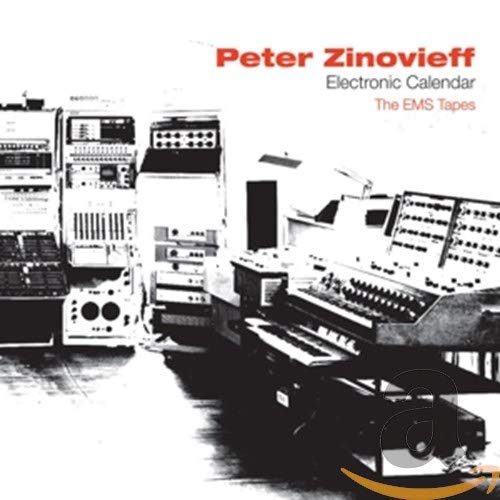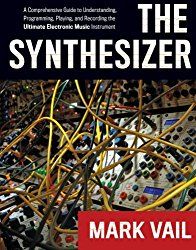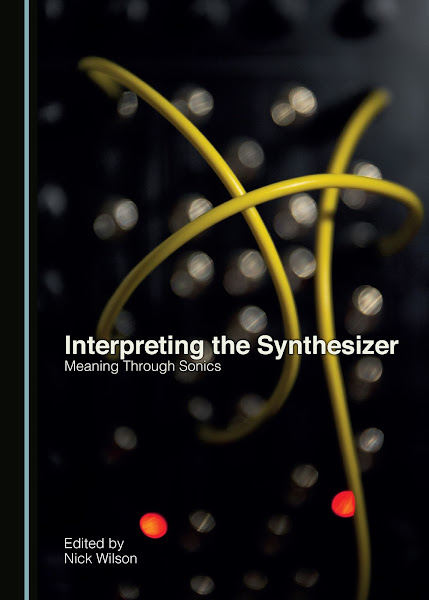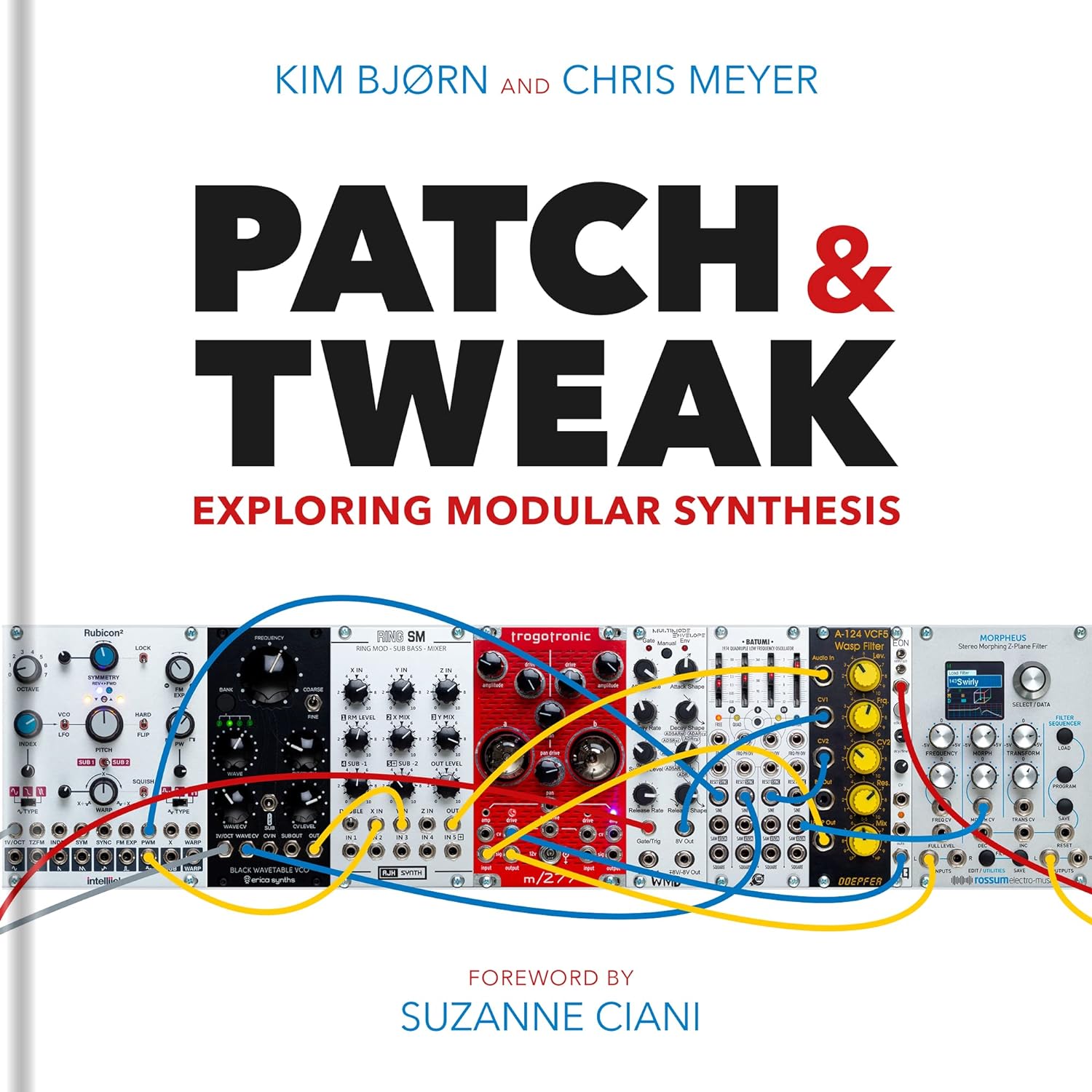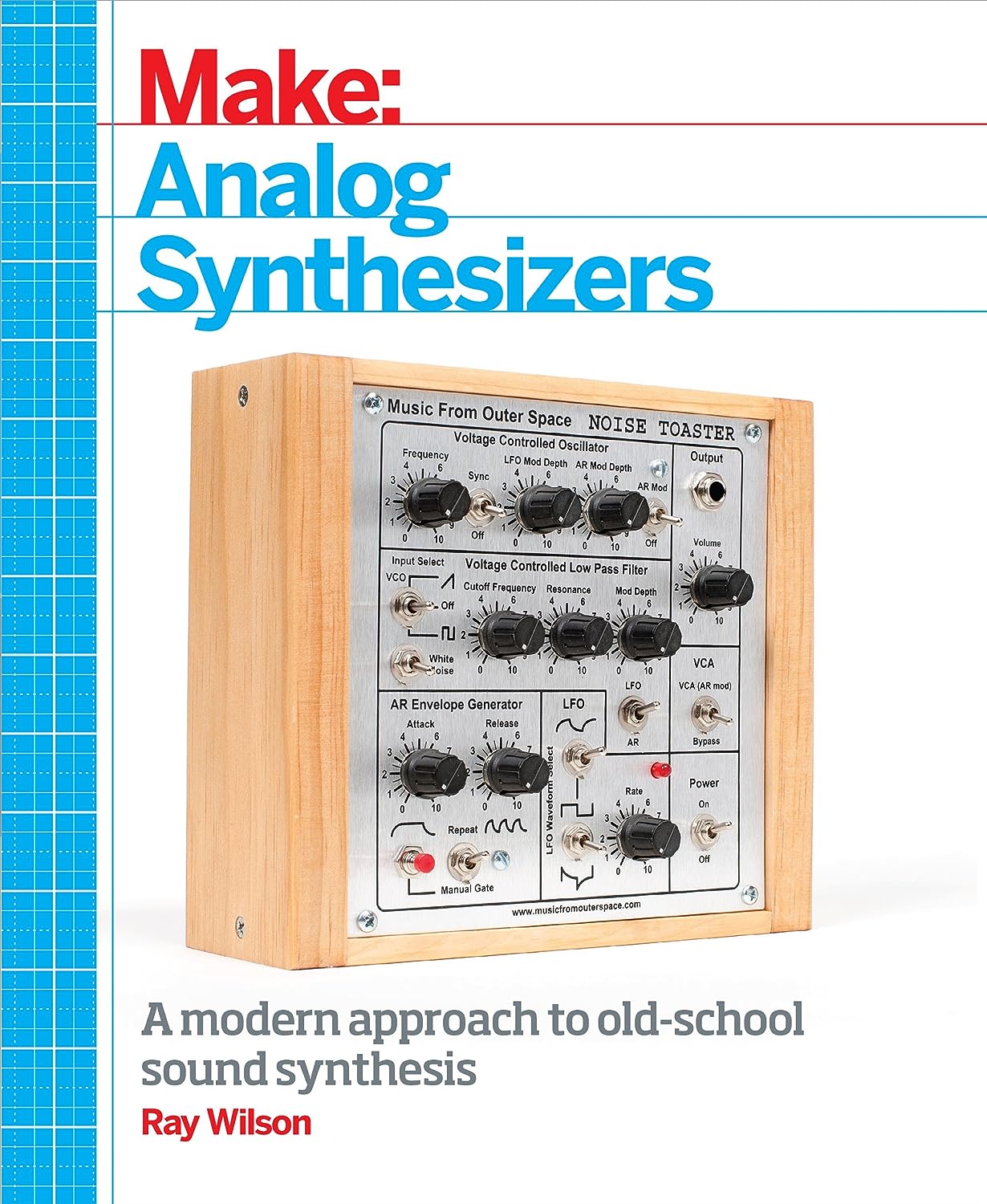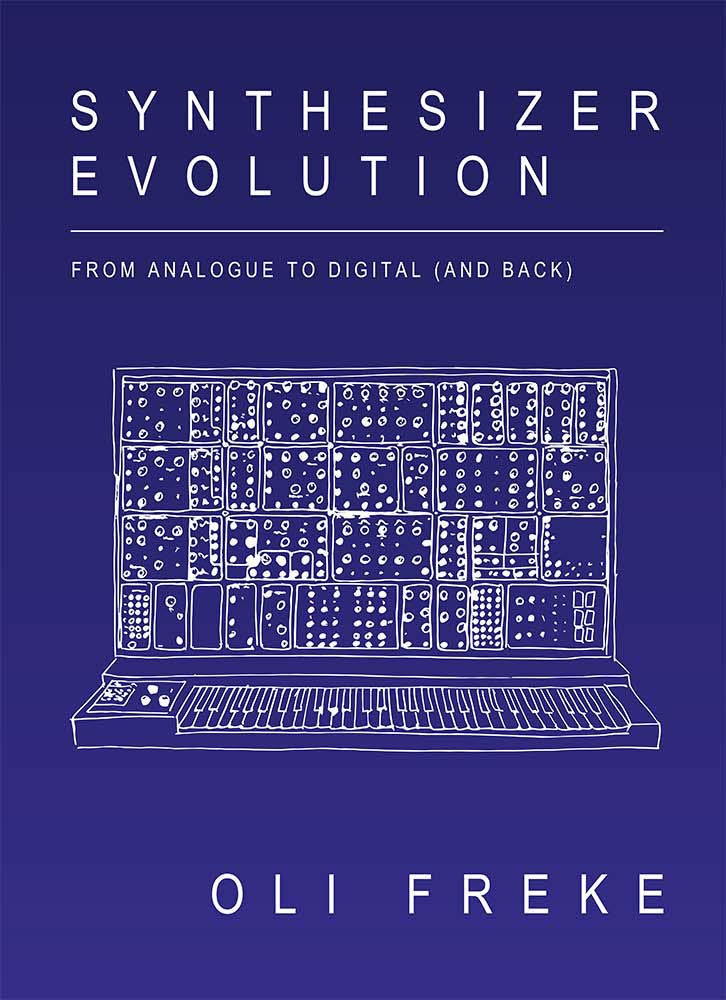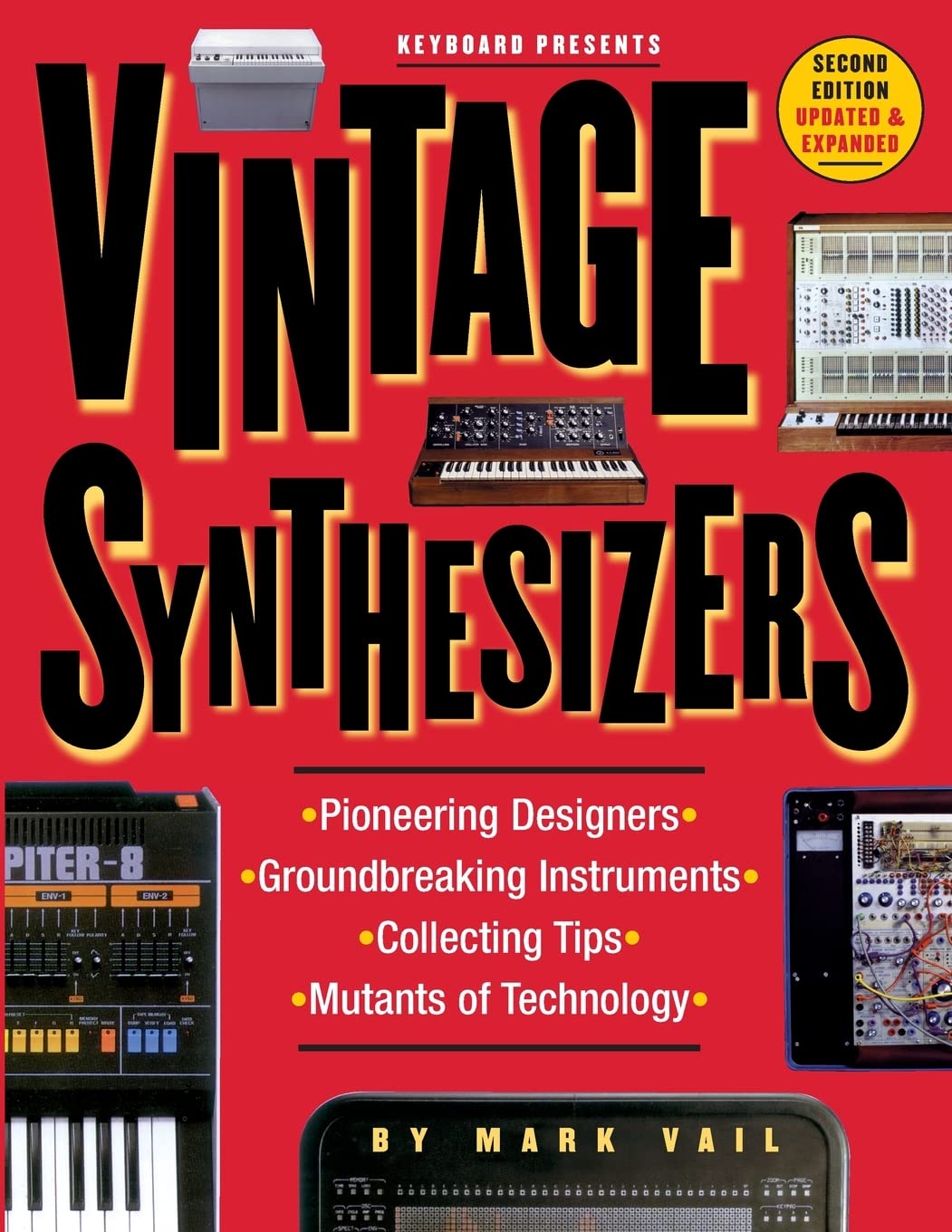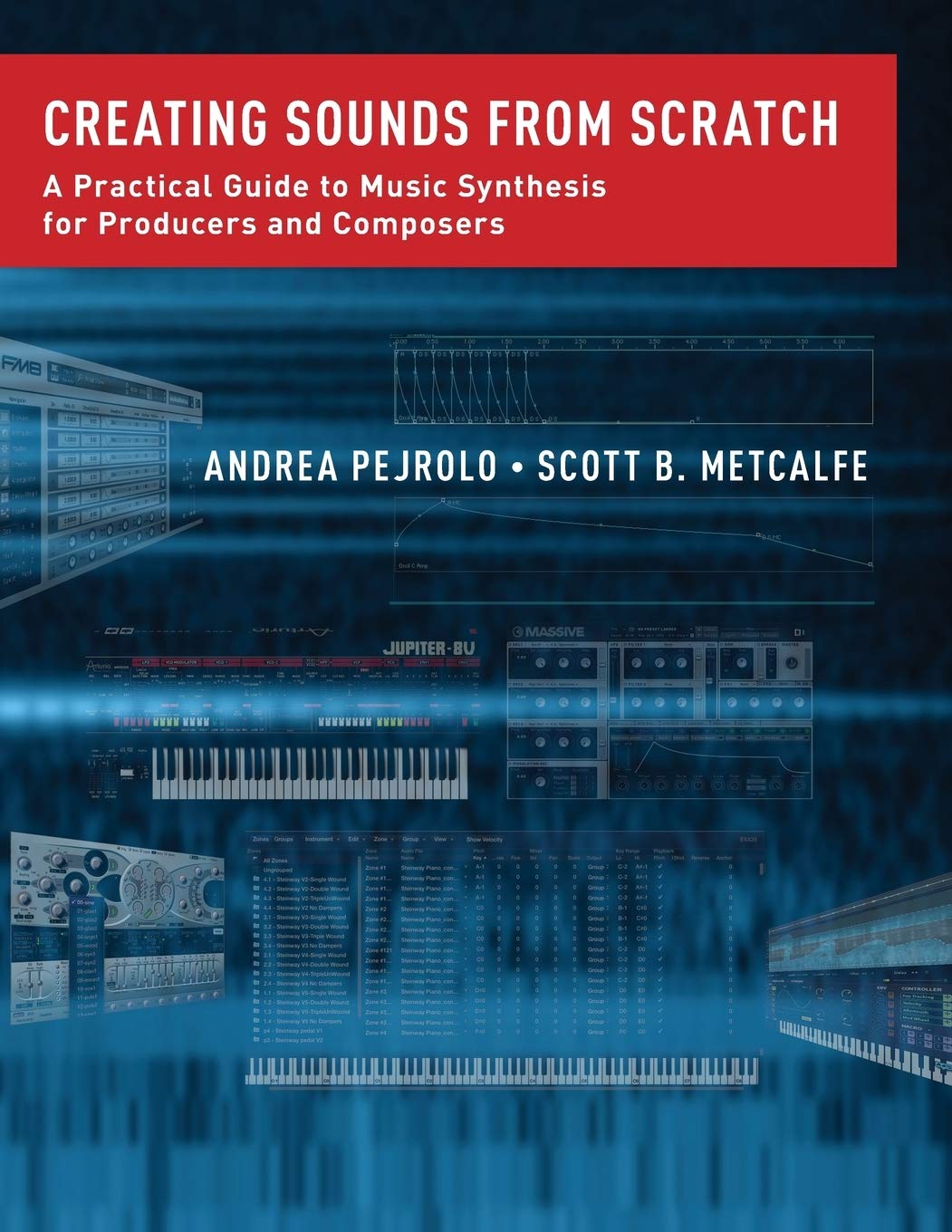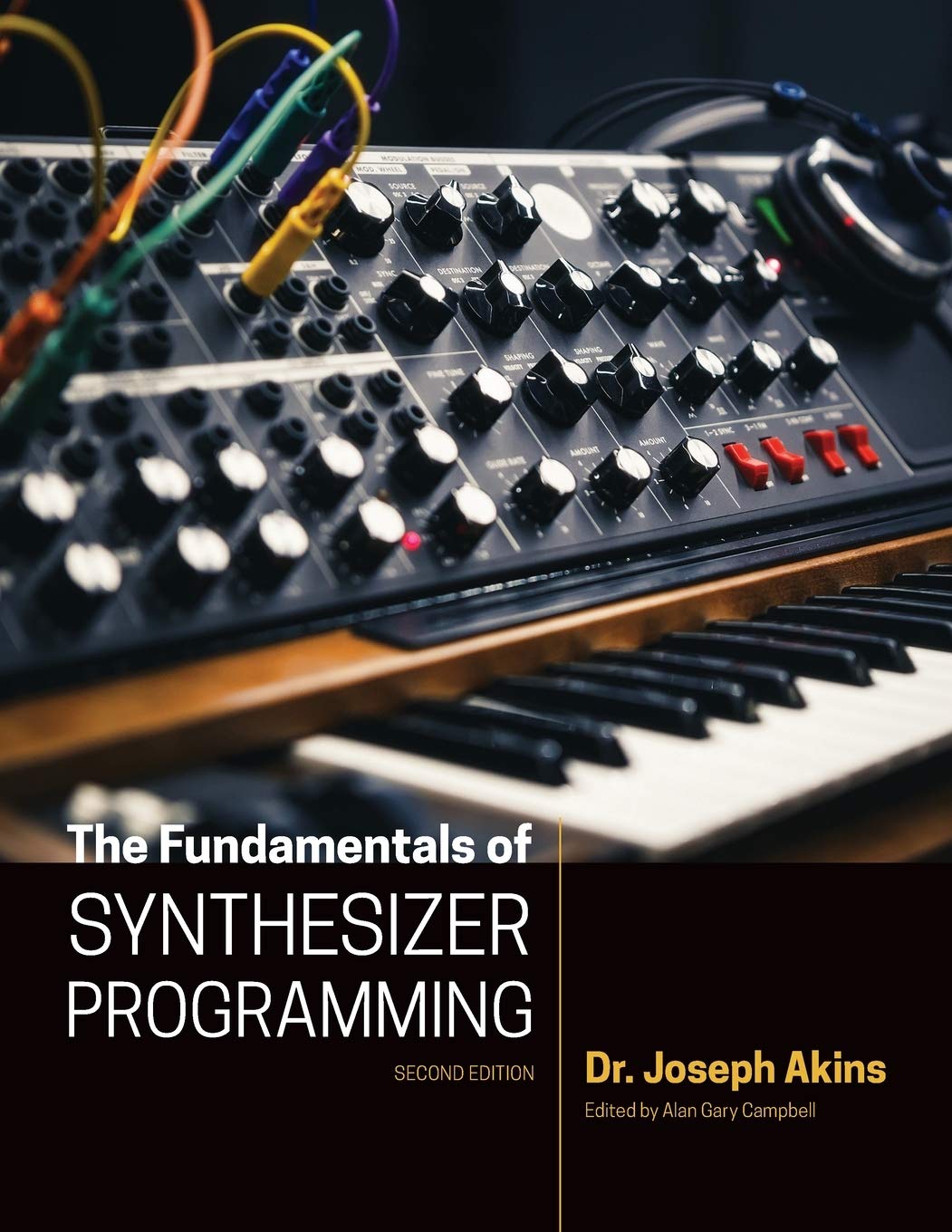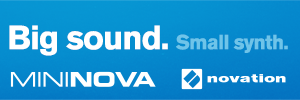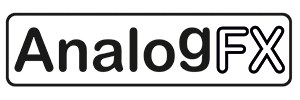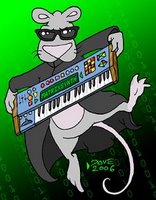
"Sur-Audio lab is a new 3rd party developer for the SoniCore Scope system located in Athens, Greece. We are concentrated in synthesizer designs that take advantage of the unique architecture and the pristine sound quality of the Scope platform.
To begin we proudly presents you 2 synthesizers: VOID and COS.
We think that both extends the sound programming capabilities and functions of the Scope system.
VOID combines a classic analog shell with some extensive shaping plus onboard effects. It includes Flexor® technology so the creation of new age timbres is really one step away.
Be sure to check the 11x35 matrix which allows total control of every aspect of sound properties. There is also an advanced clock sync modulation mode for sample accurate modulations from your sequencer."

"COS
Do you know "morph" technology? Do you want to control every pot of the front panel with 4 parallel modulators? (velocity, aftertouch, modulation, key note)
Well that's COS !
An advanced analog hybrid (sync, FM, Phase Mod, Ring Mod, 12 filters to choose from) with polyphonic morph function. Just assign your desired morphs and the creation of rythmic controllable sounds is a matter of seconds!"
Samples:
http://www.soniccore.com/audio/cos_plus_void_preview_theme.mp3http://www.soniccore.com/audio/cos_seq_collect_1.mp3http://www.soniccore.com/audio/void_collect_1.mp3They should both look pretty familiar. : ) There is no mention to their counterparts so I wonder what the connection is if any. Spec via their press release via
HC (Note the Waldorf OSC):
VOID features:
* Voices: 16 max (depends on the DSP's and patch complexity)
* Sound generators: 2 main oscillator featuring 6 wave types and 2 modes each to choose from: Pulse Sync - Pulse width, Saw sync - saw, Waldorf oscillator, sine sync – sine shaped, noise filtered - noise comb filtered, 2 sines added, 2 sines fm 'ed.
* Oscillator modulation section: Filter FM, Warp shaping, a distorted Ring modulation type, Frequency modulation, Phase Modulation, Ring Modulation. Envelope generators: 2 ADSR envelopes
* LFO's|: 3 multi-wave lfo's with rate, delay, amount, fade-in, fade-out, 6 waves to choose (sin-square-saw up-saw down-triangle-random), key-retrigger, offset, phase, plus special clock sync modulation
* Filters: LP 12-24db/octave, HP 12-24db/octave, BP 12-24db/octave, Band Regect, Juno filter (12db LP followed by 12db HP), LP Vintage 24db, Lowpass/bandpass parallel config, Lowpass/highpass parallel config, Highpass/Lowpass in series config, 2 bandpass in series, a Comb filter followed by a Flip n' Clip shaper, a Comb filter
* Filter saturation: Soft Sat, Bit reduction, Sample rate decimator, 6db lowpass, 6db highpass, Warp shaper, Squish shaper
* Effects: Delay, Reverb, Flanger, Chorus
* Distortion: Fat Sat, Distortion, S/r reduction, 6db Lowpass, 6db Highpass, Warp shaper, Squish shaper
* Others: Audio input for Lfo sync purposes with pre-recorded Ramps for sample
* accurate Lfo synced modulations,Envelope follower input Modulation: an 11x35 matrix with 18 parralel modulations plus a 5x7 modulation era.
* Programs: 194 presets in different categories
* Requirements: SonicCore (Creamware) Scope platform hardware and software. *
* Pentium 3-4 for optimal use. Creamware Modular 2 software
COS features:
* Voices: 16 max (depends on the DSP's)
* Sound generators: 2 main oscillator featuring 6 wave types and 2 modes each to choose from: Triangle sync- Tri shaped, Pulse Sync - Pulse width, Saw sync - saw, sine, sync - sine shaped, noise filtered - noise comb filtered, 2sines added, 2sines fm 'ed.
* Morph function: Every pot (totally 50 pots) of the front panel can be modulated in a polyphonic manner and different amounts with four controllers. Available controllers are Velocity (with curve modifier), Keyboard note (with key modifier), Aftertouch, Modulation wheel.
* Oscillator modulation section: Modulation modes include: Filter FM, Osc distortion, a distorted ring modulation type, Frequency modulation, Phase Modulation, Ring Modulation.
* Envelope generators: 2 ADSR and an AD envelope
* LFO's: 2 multi-wave Lfo's with rate, 6 waves to choose (sin-square-saw up-saw down-triangle-random), key-retrigger, offset
* Filters: LP 12-24db/octave, HP 12-24db/octave, BP 12-24db/octave, a 12db filter followed by 12 highpass filter,a Comb filter, an experimental config with a Bandpass filter followed by a shaper, a Lowpass filter followed by a tube simulation, an LP filter followed by a sample rate decimator, an experimental config with a Lowpass filter followed by a shaper, an LP and a BP filter in parallel, 2 bandpass filter in parallel, a lowpass filter and a highpass filter added together
* Part specific options: Key range assignment, Velocity modifier, Keyboard modifier, Aftertouch modifier
* Programs: 1 bank *250 presets
More pics at the bottom of
this page.
 flikr by Oscilloscope Studios.
flikr by Oscilloscope Studios.
















































